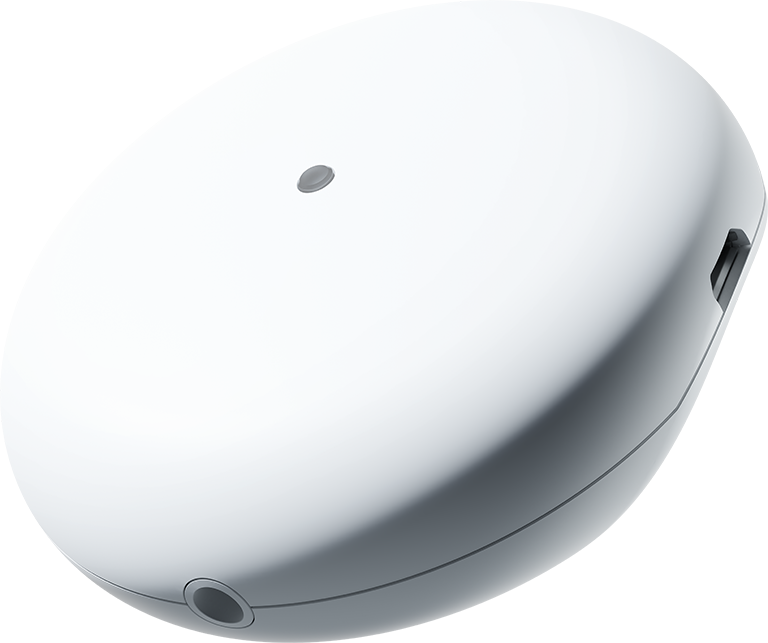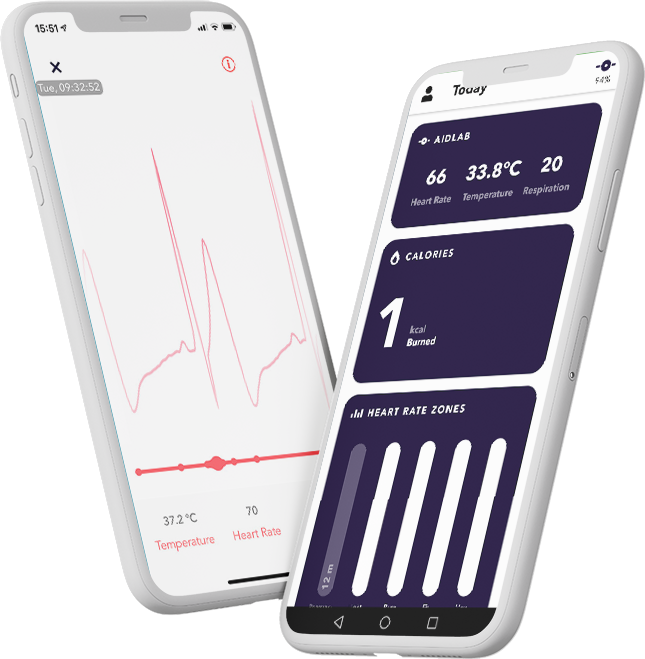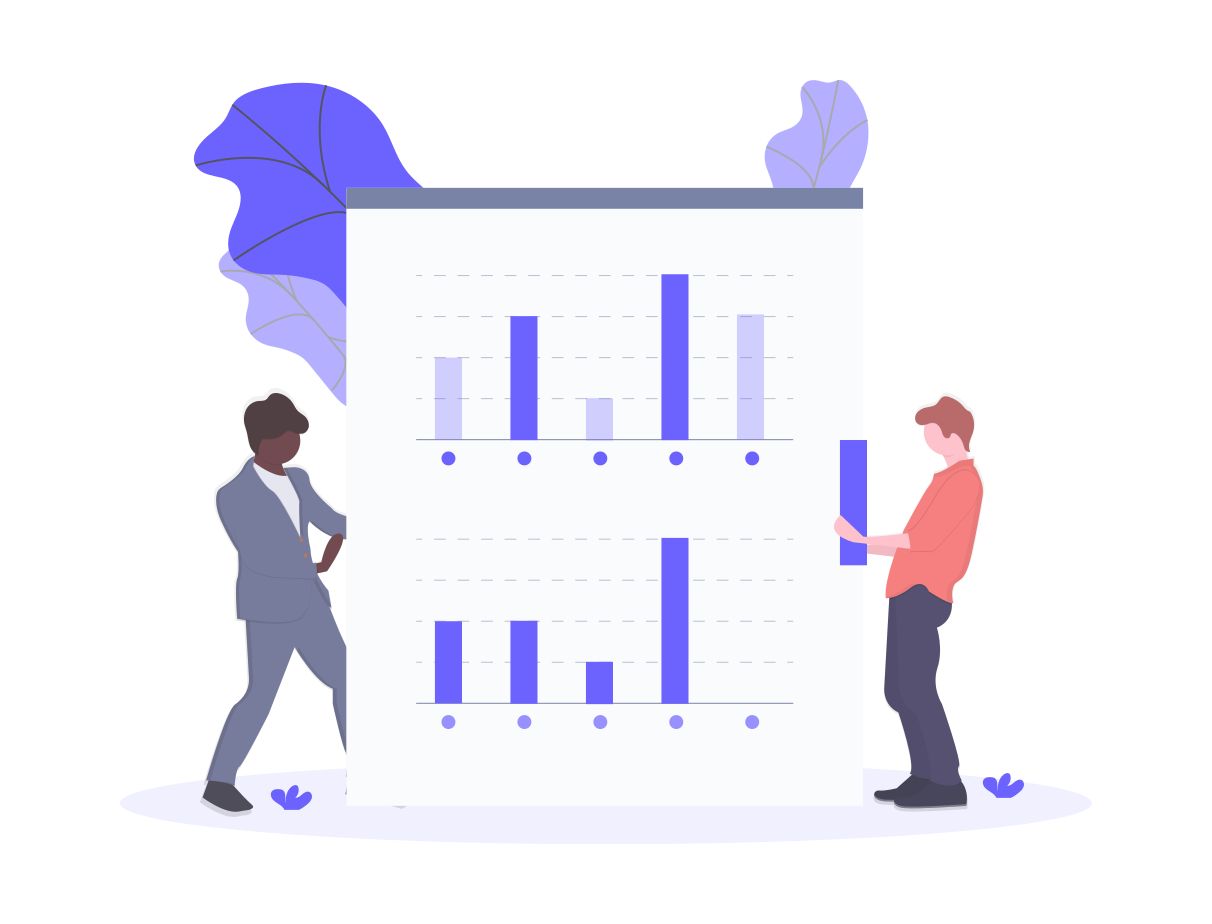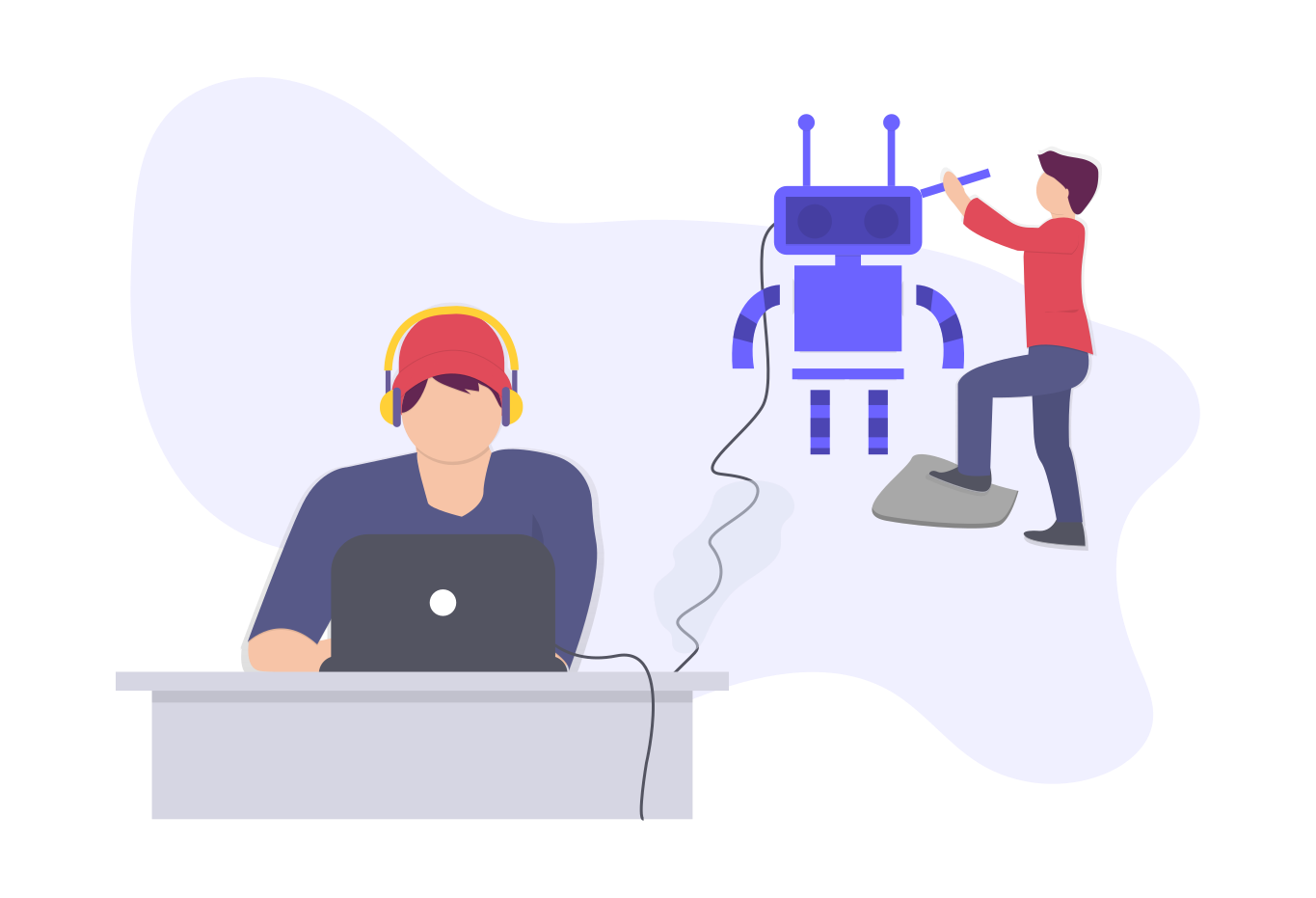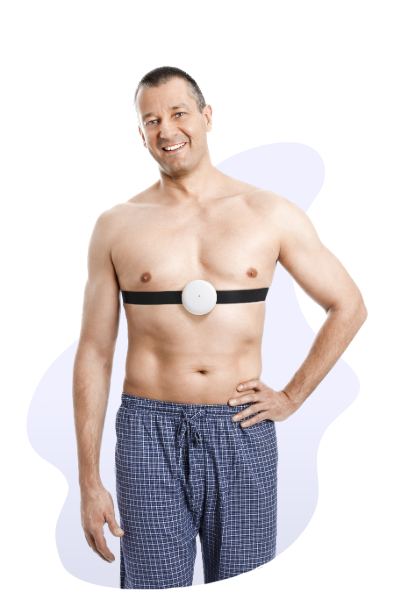It is designed to be worn on the chest by the patient using an attached chest strap and an attached pulse oximeter. The recorder has sensors that collect the following biosignals:
- Bioimpendance – measuring changes in chest volume;
- Accelerometer – measurement of patient movement and position;
- Pressure sensor – airflow through the nose/mouth;
- Thermometer – skin surface temperature;
- Microphone – volume level (sound pressure, such as coughing);
- ECG – one discharge based on silicone electrodes without gel;
- SpO2 sensor – pulse rate and oxygen saturation of the blood – wireless sensor

